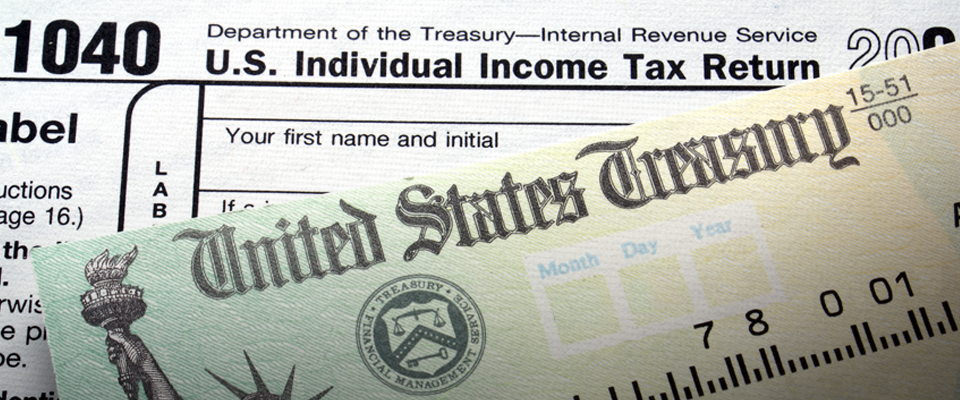"Earn all you can, save all you can, give all you can." - John Wesley, Methodist theologian (1703-1791)
The purpose of a budget is simple: to help you save money for future goals by limiting and tracking what you spend. The process, on the other hand, can feel complex. Some budgets have dozens of line items. If this works for you, keep doing it.
If, however, such a detailed approach feels more like a burden than a help, don’t abandon budgeting. Simplify it, John Wesley-style. Grouping expenses into the following buckets can help make your budget—and maybe even life—a little simpler:
Giving
If you prefer spontaneous giving, budgeting for charitable gifts might feel restrictive. However, if giving is important to you, it deserves a spot in the budget. It may be helpful to think of this bucket as a reminder to prioritize your giving in keeping with other financial priorities.
Saving
Unlike the other buckets listed here, this one is for you. If you haven't already, start by creating an emergency fund to cover insurance deductibles, out-of-pocket health or dental expenses, and home and car maintenance. At minimum, build up three to six months of income in a savings account you can access easily.
Next, create a retirement fund. People are living longer, yet many Americans have woefully little saved for retirement. No matter your age, the first savings you have after building an emergency fund should go toward retirement.
Finally, create an opportunity fund. Maybe you’d like to purchase a rental home, complete a home renovation, or take a short-term missions trip. This fund is the key.
Debt
Into this bucket you can place all credit card balances, student loans, car loans, and your mortgage. In general, while your savings bucket should be growing, your debt bucket should be shrinking, as you pay down loans. In order to accomplish this, it’s crucial to make reducing and eliminating debt—especially high-interest credit card debt—a priority.
Yearly Expenses
These may include, but are not limited to, the following:
- Property taxes
- Car registration
- Homeowners’ association dues
- Home Maintenance
- Family vacations
- Holiday and birthday gifts
- Pet vaccinations
Add up the expenses, cushion it a bit, and then divide the total by 12 to get a monthly number you should be targeting. By setting aside money for these expenses throughout the year, it will be available when you need it.
Monthly Expenses
Into this bucket can go all ongoing expenses paid monthly, such as utilities and personal expenses. It’s helpful to look back at previous months’ expenses to accurately project the amount to allocate going forward.
Weekly Expenses
As the saying goes, “a small leak will sink a great ship.” Consider your weekly expenses to be the little leaks in your bank account. As such, they deserve careful management. Gas, groceries, coffee—these expenses add up quickly and can be challenging to track. Some people have found online tracking tools helpful.
Insurance
While this could be included in your yearly or monthly categories, we feel it deserves its own bucket because insurance occupies a significant percentage of many budgets. Review all insurance plans—car, home, life, health—at least every couple of years to make sure you’re paying the lowest premiums possible for the coverage you need.
As you plan your budget, keep the big picture in mind. Ultimately, as long as your budget helps you save money, you’re on the right track.



